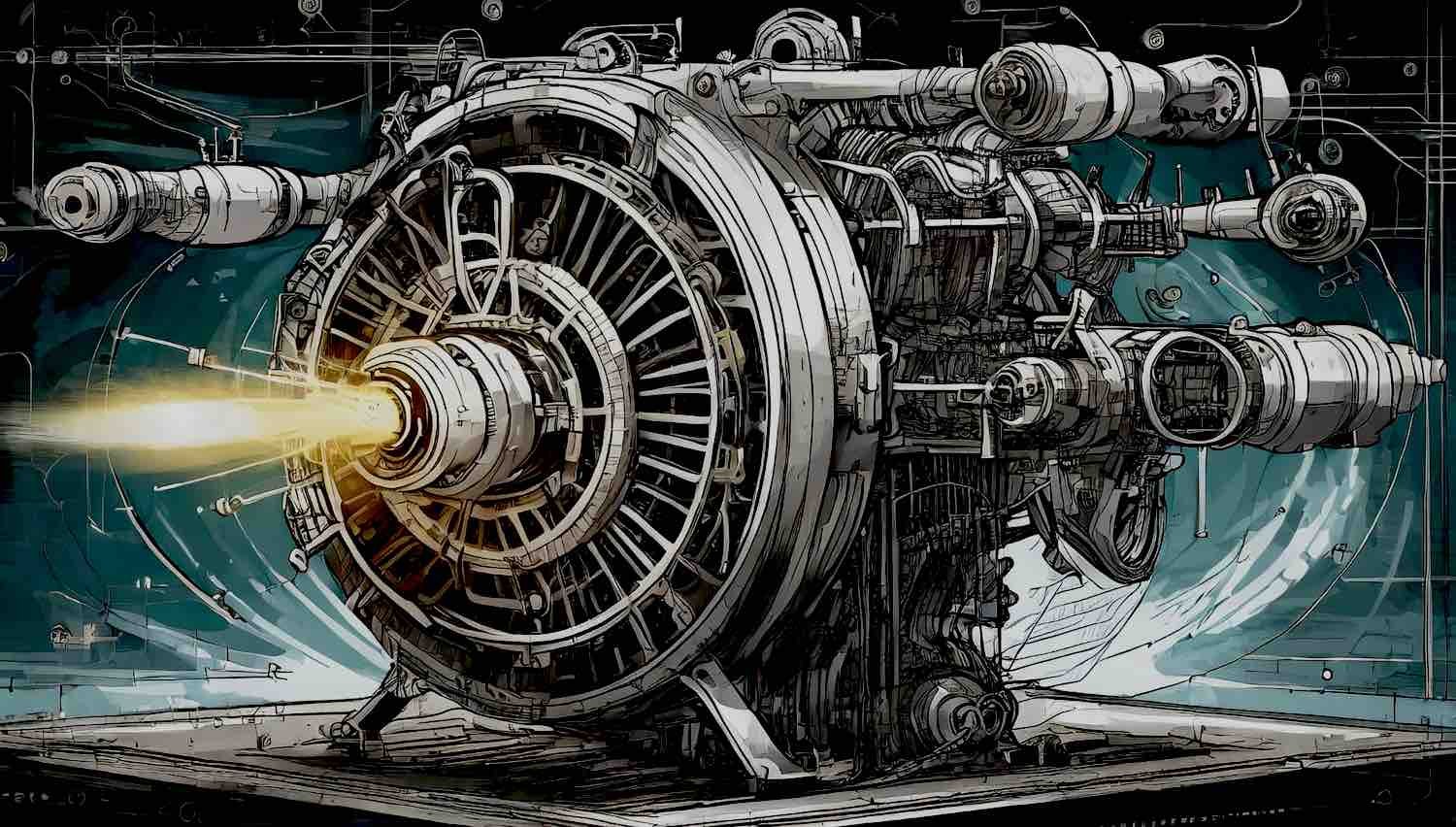Ben W
Chess Grandmaster (Supervised)
All of the above explanations of the Oberth Effect are pretty much equivalent; it's just a question of which appeals most to your intuition. It's not free energy; energy and momentum of the entire system (rocket + exhaust + planet) are always conserved.This is how I think of the Oberth Effect; it seems like free energy - despite the explanations.
Another way to think about it is in terms of tidal forces. Pretend the rocket splits in half at closest approach to the planet, with the forward section gaining 50m/s and the aft section losing 50ms. As the two rocket pieces escape the gravitational well, tidal forces will cause the rocket system to "stretch" and for the two pieces to get further apart faster than they would based on momentum alone; their relative speed increases from 100m/s to something larger. (In the limiting case where the forward section just barely achieves escape velocity, it will continue outward forever, while the aft section eventually falls back to the planet at high speed, so the relative velocity will become extreme.) With a rocket burn at periapsis, the propellant functions as the "aft end" of the rocket in this scenario. The other key is that a given rocket burn imparts a fixed amount of momentum, not a fixed amount of energy. A change in momentum at high speed will impart much more energy than the same change in momentum at low speed. (And the propellant loses correspondingly more energy at high speed, so everything balances out.)
Another way to think about it: for an outbound object, gravity causes a fixed loss of momentum per unit time. If you can escape a gravitational well in less time, you will lose less momentum getting out. (The energy loss is the same regardless of speed, but the momentum loss is not.) Counterintuitive, but this is the basis for the Oberth effect! No perpetual motion machines required
Yet another way to think about it: it's roughly equivalent to "pumping" a swingset at the bottom of the swing. This is a much more efficient way to gain amplitude than trying to pump at the top of the swing. The higher velocity at the bottom of the swing means that the changes in momentum (pumping the swing) adds a lot more energy when done there. It's not exactly analogous because there's no propellant involved [depending what you ate for lunch], but there are conceptual similarities.
Incidentally, the most efficient way to gain escape velocity from our solar system is as follows: First fly to Jupiter, then use a gravitational assist to lose most of your angular momentum with respect to the sun. Then, fall (almost) directly into the sun, performing an Oberth maneuver at perihelion while being whipped around the sun ridiculously fast. If you can avoid getting fried to a crisp, this little maneuver will slingshot you out of the solar system at ludicrous speed. This wonderful short story illustrates the concept.
Last edited:



